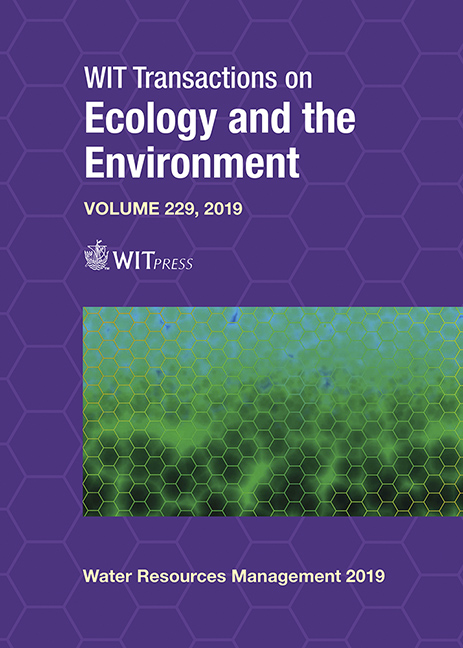CONSTRUCTED WETLANDS AND THEIR IMPLEMENTATION ON PRIVATE AND PUBLIC LAND IN KATHMANDU VALLEY, NEPAL
Price
Free (open access)
Transaction
Volume
229
Pages
8
Page Range
1 - 8
Published
2019
Paper DOI
10.2495/WRM190011
Copyright
WIT Press
Author(s)
ZUZANA BOUKALOVÁ, JAN TĚŠITEL, BINOD DAS GURUNG
Abstract
In the year 2018 we were surveying the current situation of the constructed wetlands (CW) in Kathmandu Valley. Nepal and their implementation possibilities on private and public land. We divided the CWs into groups according to the beneficiary type: CWs for schools, CWs for private houses, CWs for bigger communities and CWs for institutions with other than educational purposes (hospitals, monasteries, etc.). We identified two potentially successful CW models that could be replicated for sustainable wastewater treatment and started the discussion about how the CW could be effectively used for flood protection measures as well. CWs are a strategic natural based technology for Nepal because they are highly efficient in removing organic and insoluble substances and, at the same time, they could be used as a natural based solution for flood prevention. Their construction and operation are both simple and cost-effective. For their management, neither electric power nor sophisticated computers are needed and they do not contain mechanical components that would require repairing and importing. Furthermore, they work very well regardless of the season, precipitation and temperature. Nevertheless, it must be noticed that CWs do not work without any attention – the operator’s participation is required for their good performance.
Keywords
water management, constructed wetlands, pollution control, floods, land management, Nepal





